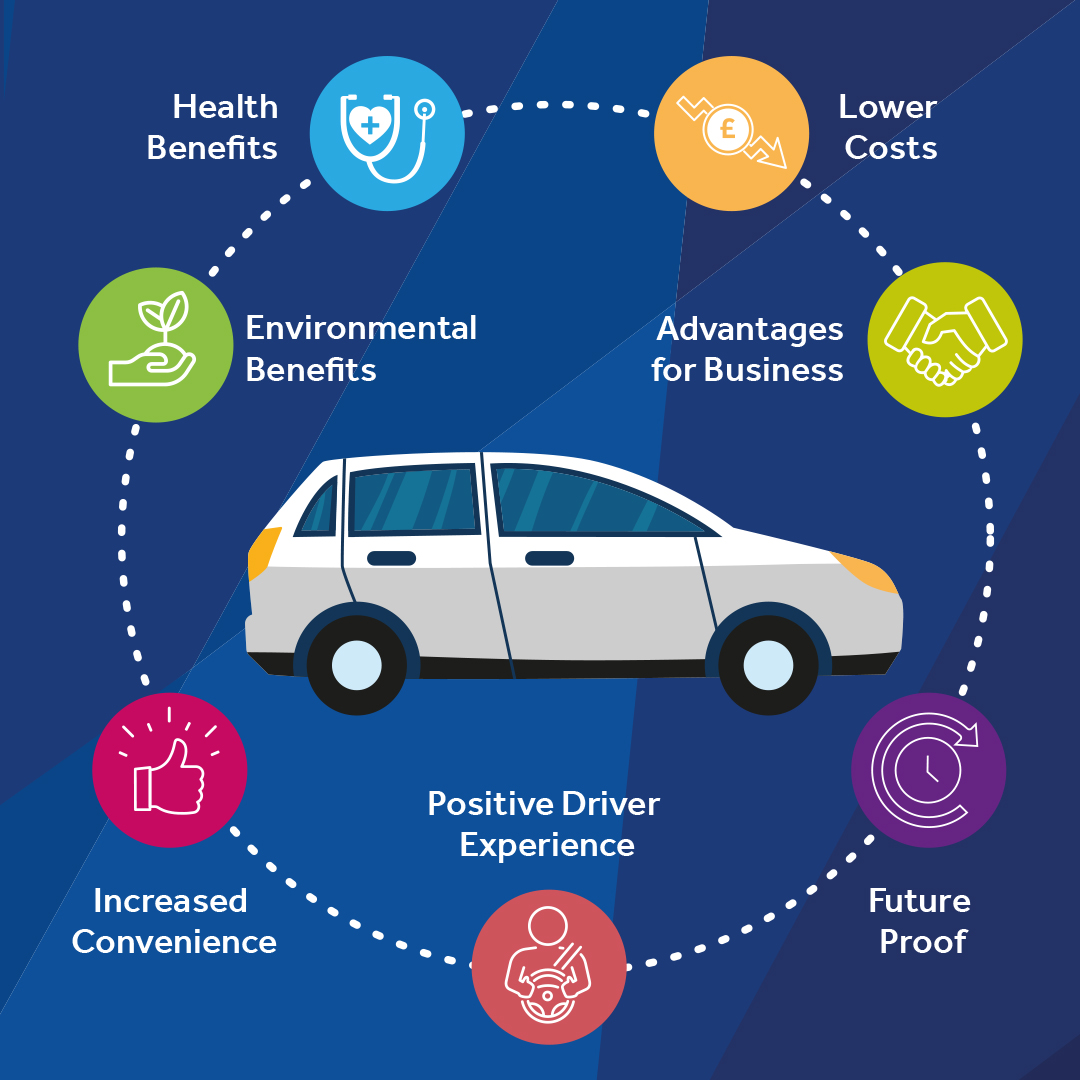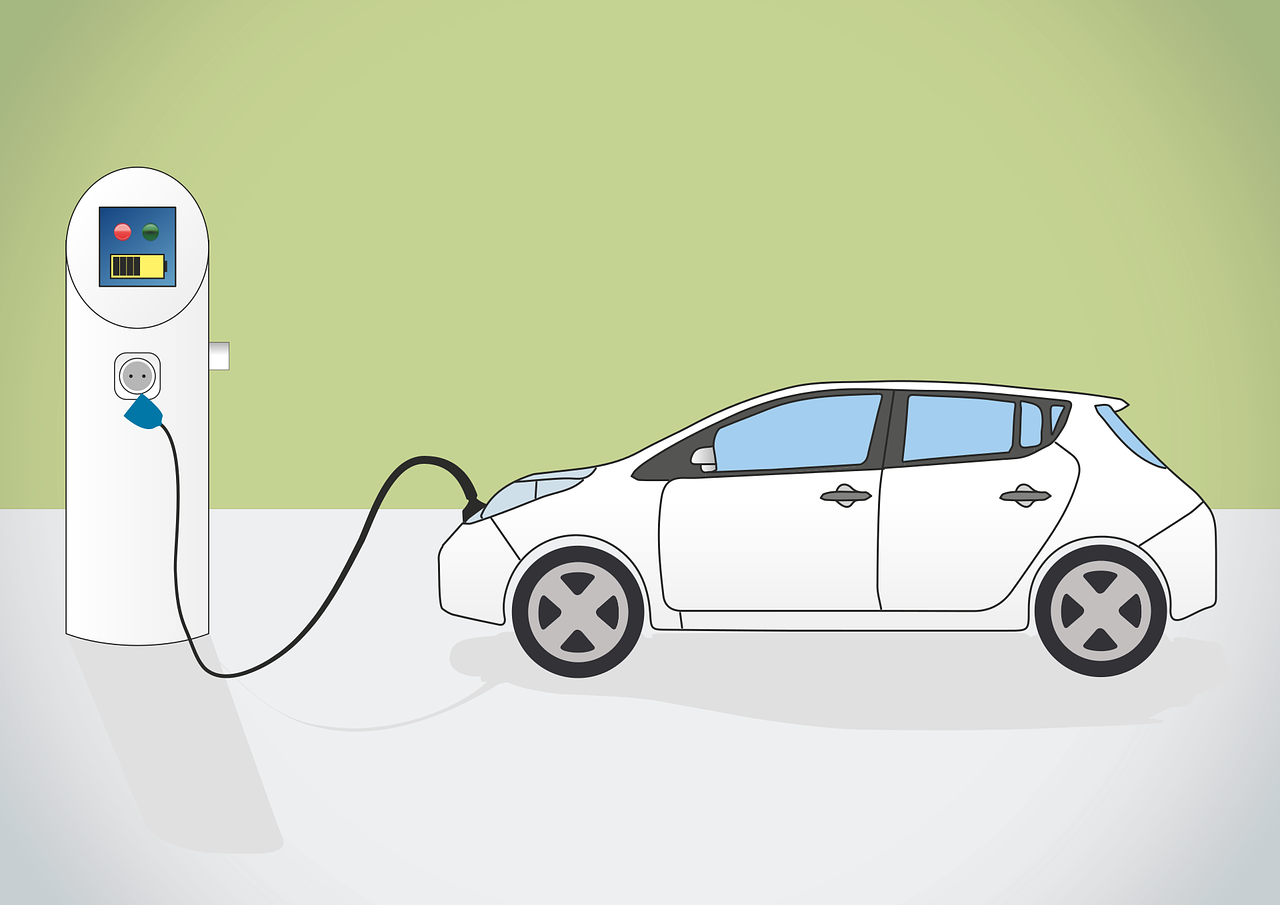Dealing with Discarded, Surplus, Leftover, Unused, Waste
The modernization of the societies, in a large measure, is technology driven. One of the negative consequences of this process is generation of waste at an increasing rate. We have to take appropriate actions to manage our waste; These actions are also bound to be technology driven. Our focus has to be
- reduction of waste material,
- their utilization and their recycling and
- to ensure their appropriate final disposal.
The Earth system neither has infinite resources to cater for unlimited consumption nor the capacity to sustain unlimited waste. Our aim should be to become globally a recycling oriented society that conserves natural resources to the possible ultimate limit.
Why Waste should be Reused or Recycled?
Consumption pattern greatly affects the generation of consumer waste. Disposable goods and packages are increasingly used, more so in the developed countries. They enormously add to waste burden on the “throwaway” society and decrease the likelyhood of voluntary recycling.
We owe it to posterity to reduce the amount of waste we generate and the amount of natural resources which we deplete, often unnecessarily. Recycling results in reduction of landfills, conserves mineral, forest and other resources, reduces emission loads and improves economic vitality of a country. Recycling technologies need to be improved, or developed if not available, for waste related to automobiles, electronics, electrical, batteries, packaging, paper, textile scrap and residue, domestic and household waste, furniture, civil construction, agriculture and food processing, power stations, industries, etc. Innovative technologies, which are specific to various types of waste, which are compatible to local milieu, and which are techno-economically feasible, must be developed for reuse and for recycling of waste.
Hierarchy of Waste Management
Solid waste hierarchy covering the monetary value of environmental impact of various types of pollution that occur in production of waste and its management plays a role in examining technical, economical and environmental justification for the solid waste management. The hierarchy must rank waste management methods. On the hierarchy list, reduction of generation of waste at the source deserves to come at the top. It should be followed by recycling and composting what cannot be reduced and finally, the disposal of the remainder by incenerating or in landfills.
Pulp and Paper
Pulp and paper production and paper recycling have considerably increased in recent decades. With increase in consumption of paper, its recycling has become very important for conservation of forests and consumption of water in paper industry. Reducing of packaging waste can be a source of competitive advantage.
Electronic Waste
One of the by-products of Technology change is the growing quantity of obsolete electronics. Once discarded, computer monitors, floppy discs, CDs, cell-phones, VCR’s, TVs and other e-waste become high-tech cousins of worn-out tires and auto batteries. These are potentially hazardous waste which are generally regarded as not suitable for recycling processes. CRTs contain a large amount of lead that can leach into landfill and contaminate ground water.
Electronic waste from industries, offices and house-holds is rapidly growing. Recycling of electronic waste means re-circulating the reclaimed raw materials for re-processing and finally marketing them in a transformed form. Due to complexity and diversity of electronic waste, this activity is highly labour-intensive and time-consuming process. Utilization of electronics is also very costly. Recovery of material from electronic waste is nonetheless very important since it will eliminate substantial volumes of waste which is potentially hazardous.
Batteries
Disposal requirements of different types of batteries are different. Alkaline and heavy-duty (carbon-zinc) dry cells cannot be recycled. Viable recycling technology of dry cells need to be developed. Rechargeable (Ni-Cad) batteries can be and should be recycled Cadmium is toxic and it must be recycled. Computer batteries (Ni-metal-hydride or Li-ion types) contain toxic metals and it is important to recycle them. Button cell batteries contain a large percentage of heavy metals and must be recycled. The lead-acid batteries must be recycled because it has toxic lead. Luckily a large percentage of lead-acid batteries are recycled the world over. Technology of recycling as well as legislation is required to manage battery waste.
Consumers Chemical Waste
Paints, cleansers, thinners, motor-oil, motor-coolants, pesticides, and herbicides can form dangerous mixes. They should never be mixed. In the same category are adhesives, floor and furniture polish, acid, etc. Disposal of these chemicals when they become unusable, requires special care. For example improperly disposed waste lube oil can cause serious environment damage. If it migrates into ground water one litre of oil can contaminate 250,000 litre of drinking water. Motor oil, therefore, must be recycled.
Landfills
Every country generates solid waste in huge amount. A growing amount of this waste is disposed off in landfills. The amount of waste depends on population and consumption rate. USA generates more that 4 billion tonne of solid waste per year equivalent to an astounding 16 tonne per person. Landfills can leach contaminants into the soil and the water table. Environmentally protective landfills are difficult to locate and expensive to construct. Landfills must be designed so that they are environmentally safe. The disposal capacity of the planet must be conserved.
What should be the Goals?
Any material is a waste material only if we waste it. Technologies are needed for minimization of the generation of waste, reuse of waste, recycling of waste and safe disposal of the eventual waste which cannot be utilized. The following “golden rules” emerge (source: Green Book of Landa) to achieve the goals of waste management.
- Reduce consumption, it will result in generation of less waste.
- Substitute a material that requires less disposal cost.
- Reduce all internal and external waste.
- Reuse the materials and the packaging.
- Re-manufacture and retrofit products.
- De-manufacture, salvage and recycle all that is possible.
- Decompose waste materials into less obnoxious or into more valuable forms.
- Recompose chemically and restore the material into its original or convert it into another useful form.
- Separate and segregate waste early in the process of waste management.
- Segregate and accumulate and store waste materials while seeking solutions of their ultimate disposal.
- Incinerate after segregation with care.
- Use landfill as the last resort for disposal.
- Encase toxic non-degradable materials for permanent burial.
- Educate everybody about waste management.
Invest in Waste Management
For protection of clean environment and its preservation and for ensuring a good quality of living conditions to its people, every nation must invest in managing its waste. Since resources for investment will always be under constraint, the investments must be optimally used. To achieve this, R&D inputs for waste management, that is reduction of waste at source, reuse and recycling of waste, and proper disposal of what remains, are important and essential. One measure of the continued adequate level of waste-related investment is R&D related spending.
latest video
news via inbox
Nulla turp dis cursus. Integer liberos euismod pretium faucibua








